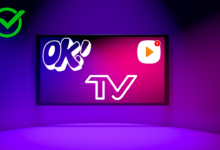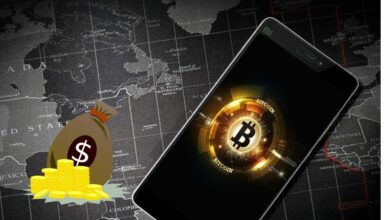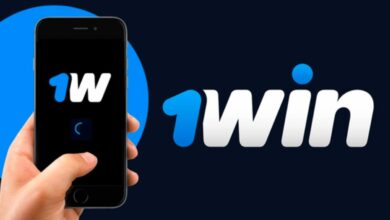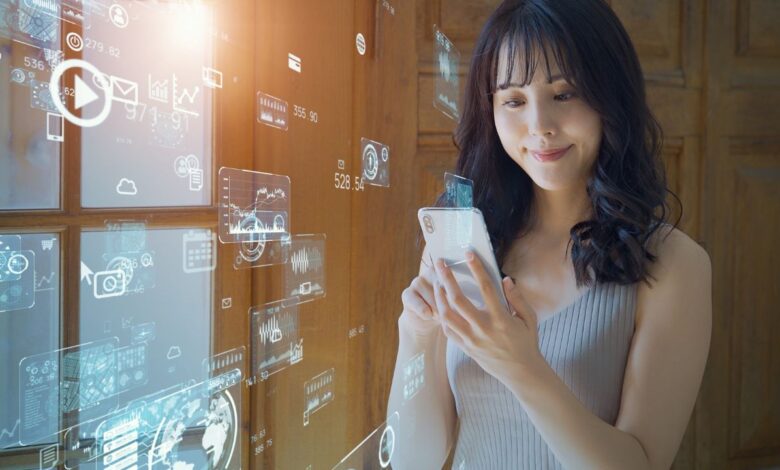
1. Internet of Things (IoT) Mobile App Integration
Iot mobile app integration is the process of connecting mobile apps with IoT devices and applications. This integration allows users to control and monitor their IoT devices through their mobile app, as well as access data from the connected devices.
Iot mobile app integration can also provide users with notifications and alerts related to their connected devices. The integration process typically involves a mobile app that is developed to interact with an IoT device, such as a smart home hub, a fitness tracker, or a connected car.
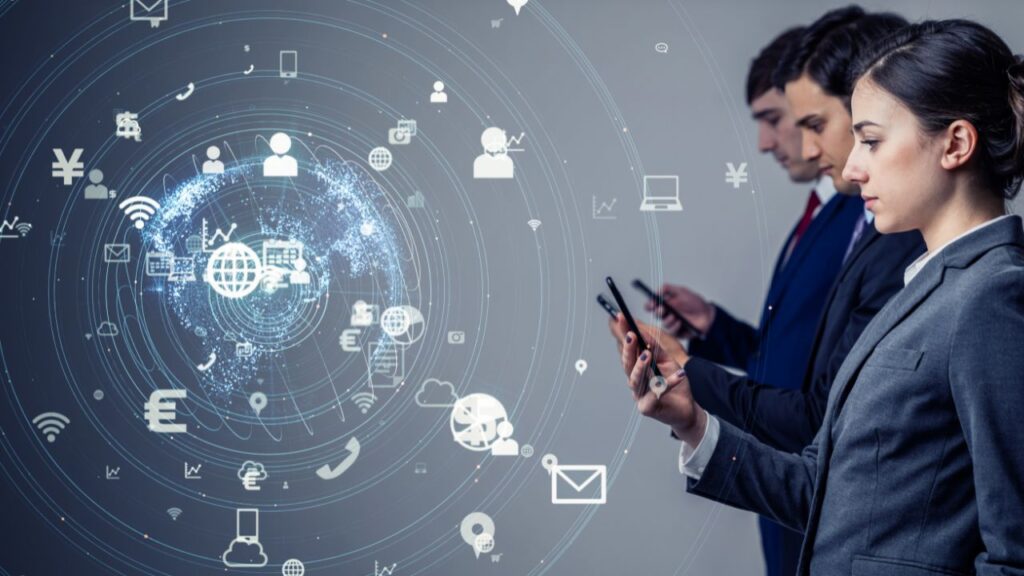
The app then communicates with the device through an API. Once the integration is complete, users can control the device, access its data, and receive notifications through their mobile app.
IoT mobile app integration can also be used to enable mobile payments and other transactions. For example, users may be able to use their mobile app to make payments for products or services that are connected to their IoT device. This type of integration can help to streamline the payment process for both the customer and the merchant.
2.Apps for Foldable Smartphones
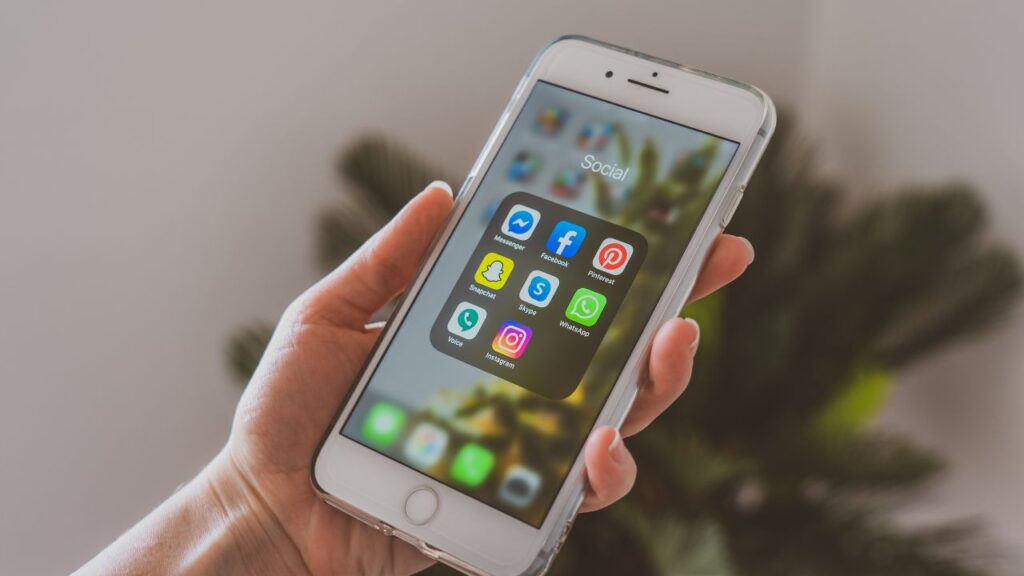
- Microsoft Office Suite: This app allows users to create and edit documents, spreadsheets, and presentations on their foldable device.
- Adobe Photoshop: This app allows users to edit images and graphics on their foldable device.
- Remote Desktop: This app allows users to access their computer from their foldable device.
- Google Drive: This app allows users to store and access their documents, spreadsheets, and photos in the cloud.
- Netflix: This app allows users to stream movies and TV shows on their foldable device.
- Skype: This app allows users to make audio and video calls on their foldable device.
- YouTube: This app allows users to watch videos on their foldable device.
- Google Maps: This app allows users to get directions and find places on their foldable device.
- Spotify: This app allows users to listen to music on their foldable device.
- Dropbox: This app allows users to store and sync files to the cloud from their foldable device.
3.5G Technology
5G technology is the fifth generation of cellular technology designed to improve the speed, capacity, and reliability of wireless networks. It is expected to provide download speeds of up to 20Gbps, which is up to 100 times faster than the current 4G LTE networks.
It will also reduce latency or lag time between devices, providing a more responsive experience. 5G will enable a wide range of new applications and services, such as connected cars, virtual reality, streaming media, and the Internet of Things.
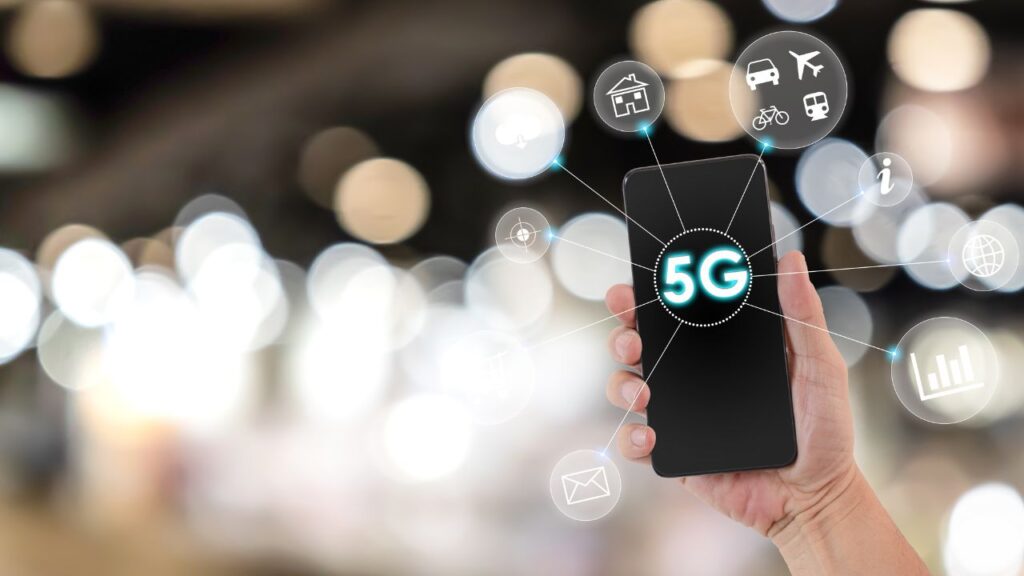
Additionally, 5G will have a greater capacity for connected devices, allowing for more efficient use of spectrum and greater network flexibility.
4.Mobile Apps for Wearable Devices
There are a few different types of mobile apps available for wearable devices such as smartwatches and fitness trackers. Some of the most common types of apps include health and fitness tracking apps, productivity apps, communication apps, lifestyle apps, and entertainment apps.
Popular health and fitness tracking apps include Fitbit, Apple Health, and MyFitnessPal. For productivity, there are apps like Evernote and Todoist that allow users to organize and keep track of their tasks. Communication apps like Skype and WhatsApp help users stay in touch with their friends and family.
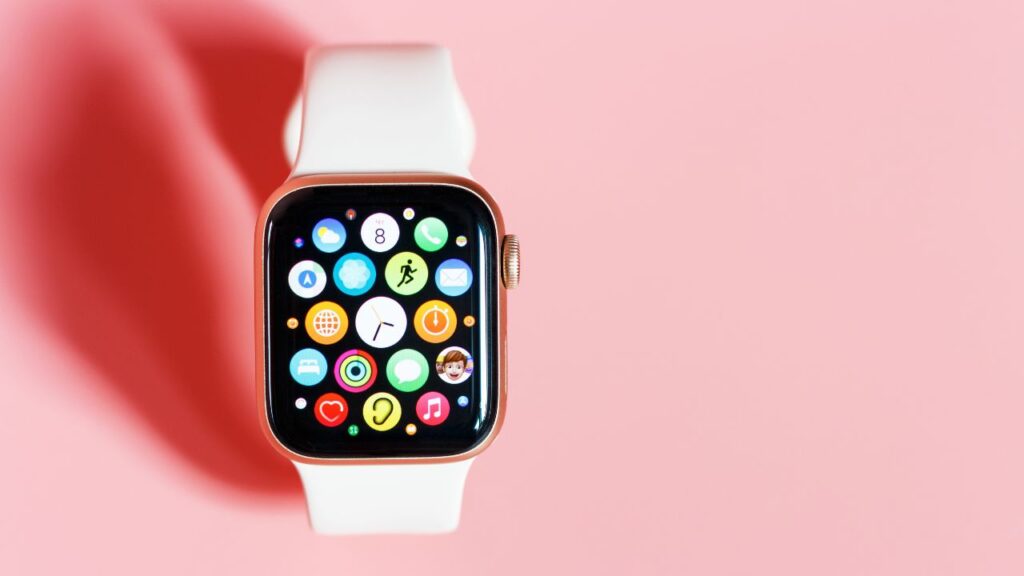
Lifestyle apps such as Yelp and OpenTable make it easy to find nearby restaurants and activities. Finally, entertainment apps such as Netflix and Spotify help users stay entertained on the go.
5.Artificial Intelligence (AI)
Is a branch of computer science that deals with the simulation of intelligent behavior in computers. It focuses on the development of computer systems that can perform tasks that normally require human intelligence such as decision–making, problem–solving, and speech recognition.

AI technologies are used in a variety of ways, from self–driving cars to facial recognition systems to machine–driven financial trading. AI has the potential to dramatically change the world and the way people live, work, and play.
6.Augmented Reality (AR)
Augmented Reality (AR) is the integration of digital information with the user‘s environment in real time. It overlays digital content, such as text, 3D models, images, videos, and audio, into the user’s physical environment.
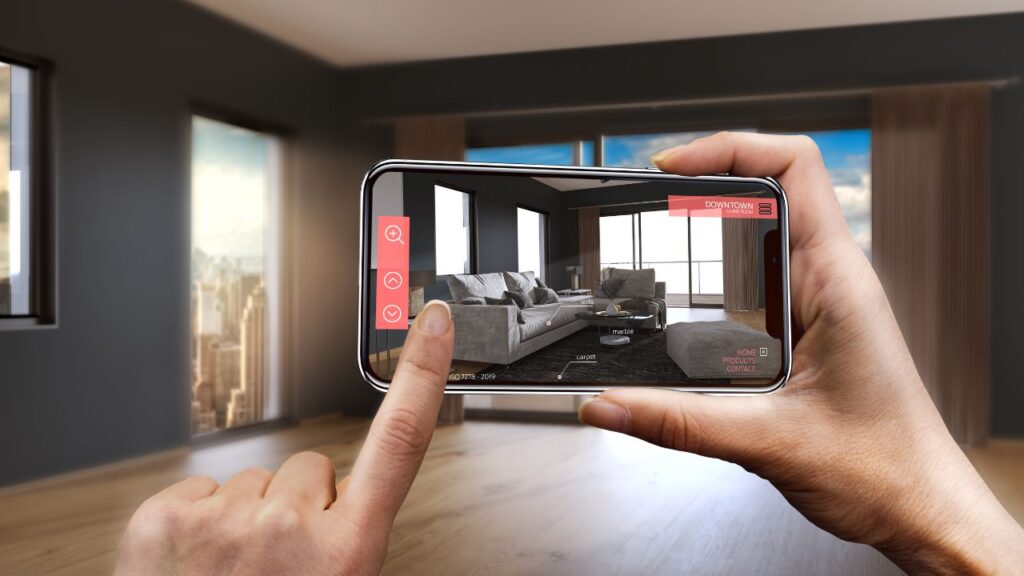
AR can be experienced through devices such as smart phones, glasses, or headsets. AR technologies have been used in a variety of applications, such as education, navigation, gaming, entertainment, and retail.
7.Mobile Commerce
Mobile commerce, also known as m–commerce, is a type of electronic commerce that involves transactions conducted via mobile devices such as smartphones and tablets.
It has become increasingly popular in recent years due to the growing use of mobile devices, the availability of fast and secure payment options, and the convenience of shopping on the go. Mobile commerce can be used to purchase physical goods, digital products, services, or even to make charitable donations.
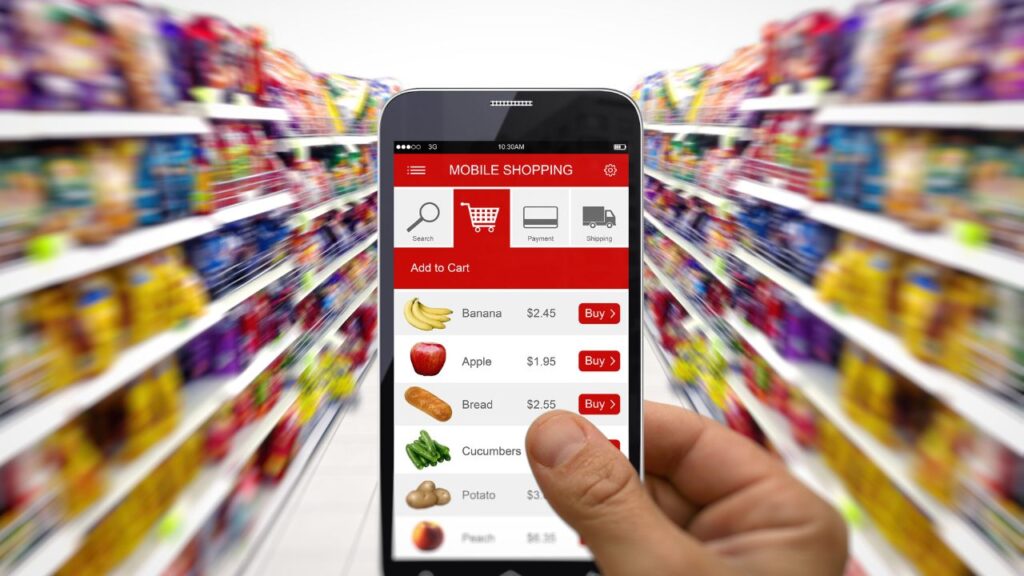
It is also used to conduct financial transactions such as transferring money, paying bills, and purchasing stocks and other investments.
8.On–Demand Apps
On–demand apps are mobile applications that allow users to request services from providers. Examples include ride–hailing apps, grocery delivery apps, food delivery apps, and home services apps. These apps provide convenience and enable users to access services with a few taps on their smartphones.
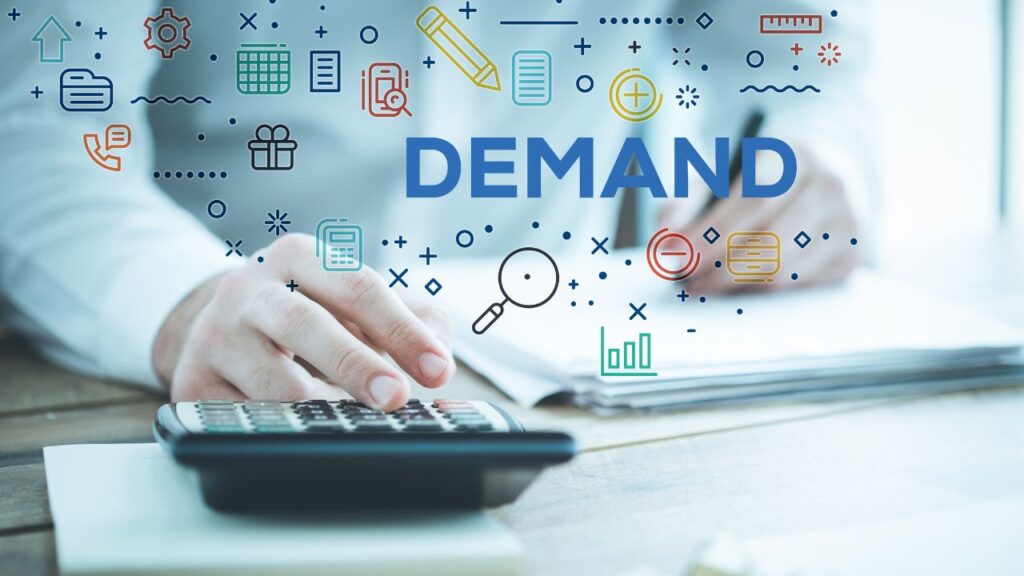
9.Mobile Wallets
Mobile wallets are becoming more popular every day, and they’re also becoming more secure. Mobile wallets allow users to store their credit cards, debit cards, and other payment information in a single digital wallet.
This makes it easier for them to make payments online or in stores. Mobile wallets also provide an extra layer of security by requiring users to enter a password or PIN before making a purchase. This ensures that only the user can access their payment information.
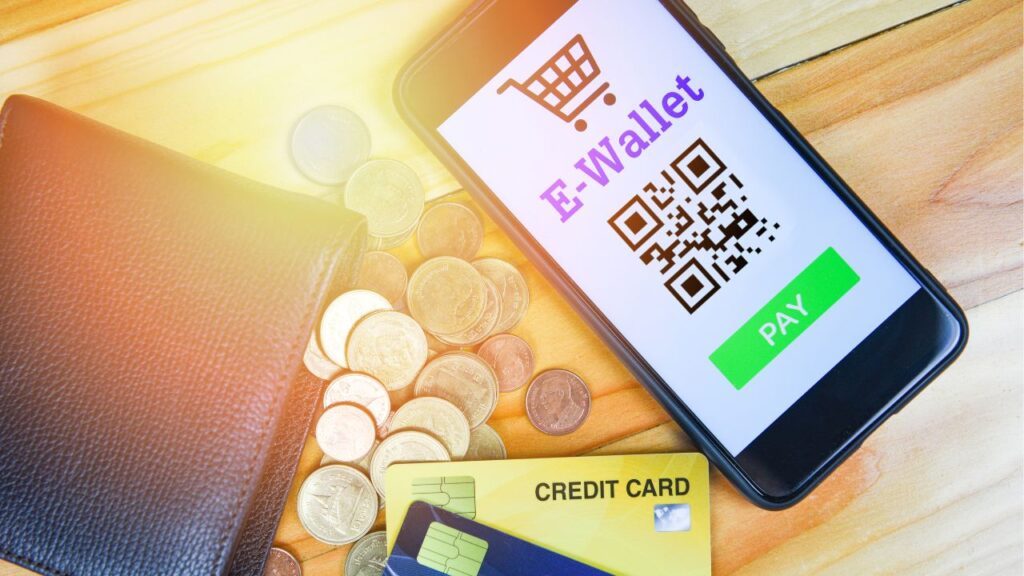
Mobile wallets are becoming increasingly popular and more secure, which makes them a great option for those who want to make secure payments quickly and easily.
10.Beacon Technology
Beacon technology is a wireless system that enables devices to communicate with each other using Bluetooth–enabled sensors. These sensors are typically used to detect the presence of a device or a person in a specific area.
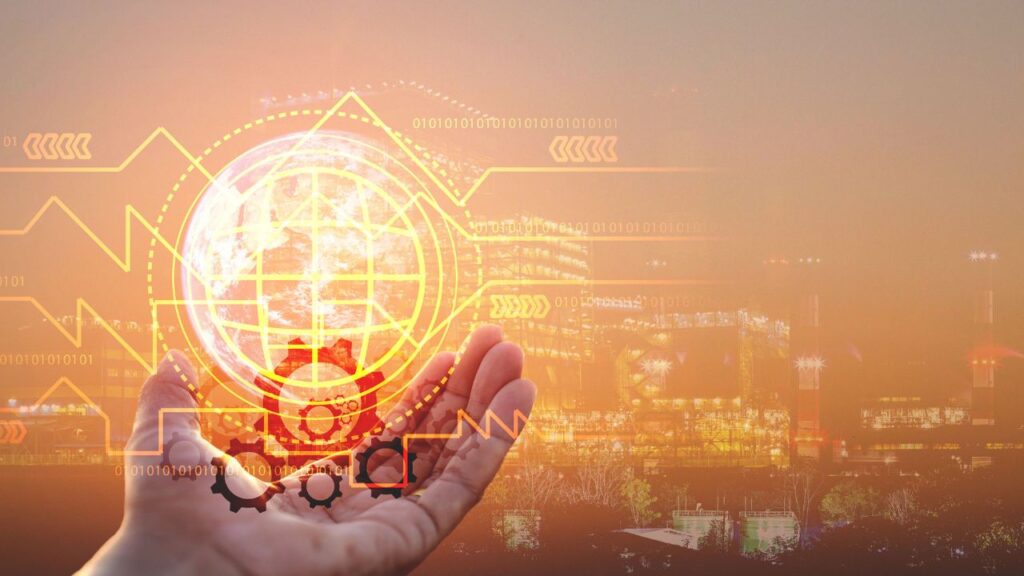
Beacons can be used to provide location–based information and services to nearby users, such as customized notifications, navigation assistance, and product recommendations. They can also be used for marketing and analytics purposes, such as tracking customer behavior and providing targeted advertisements.



